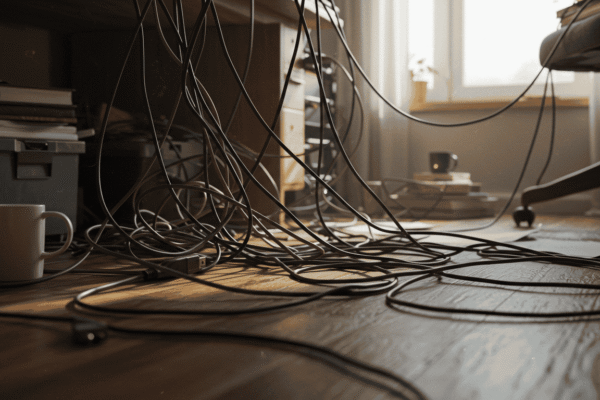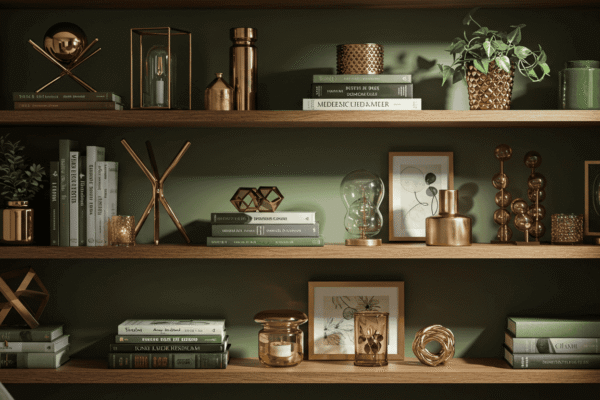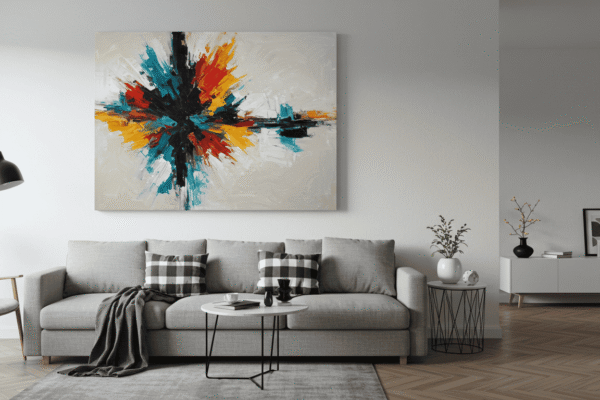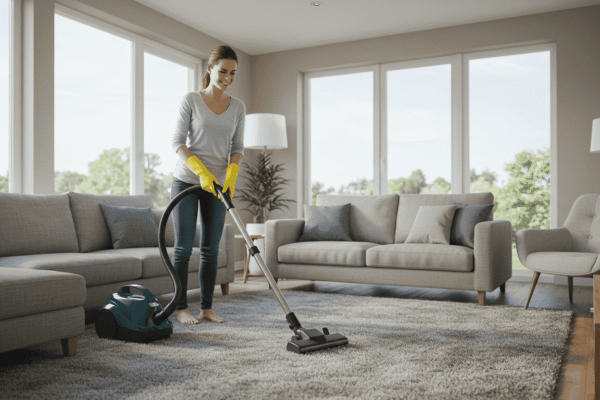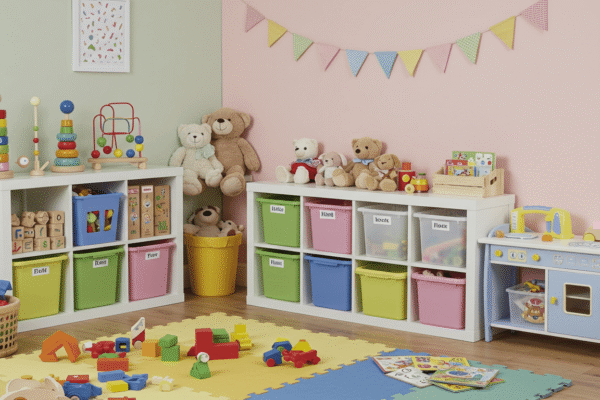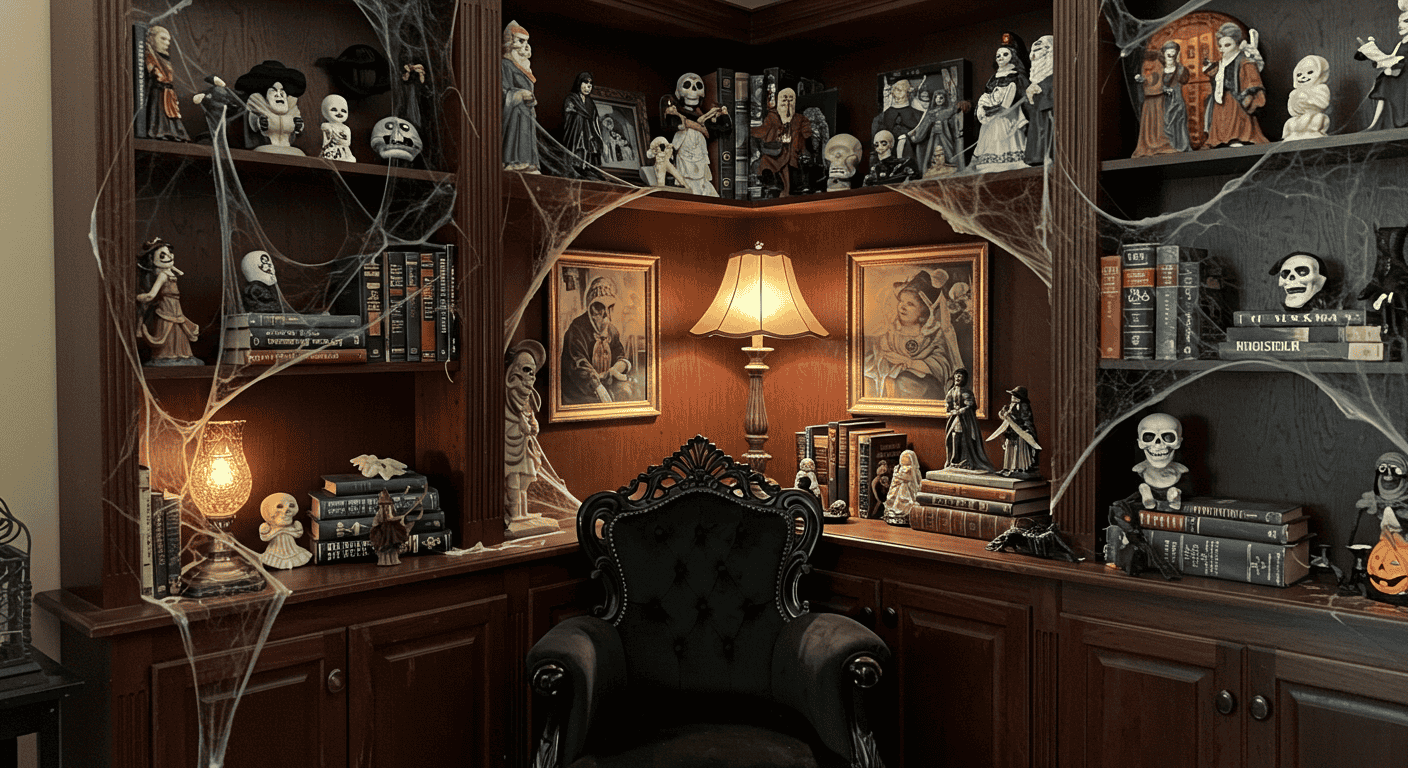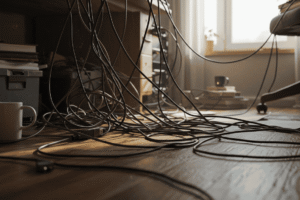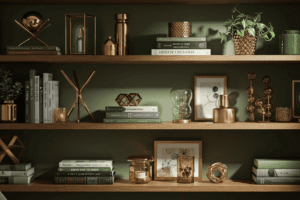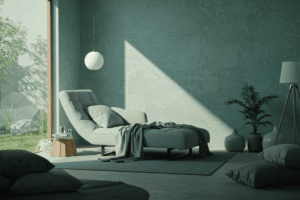Great spaces don’t happen by accident; they are the result of intentional planning, clear priorities, and thoughtful iteration. If creativity flourishes in the right environment, then shaping the rooms where projects come to life becomes just as important as the projects themselves. This guide explores how to design and evolve Homes for Hobbyists that support deep focus, safe practices, and effortless enjoyment—from first sketch to a flexible, future-proof setup. Expect practical frameworks, tables for quick decisions, and ideas that scale from tiny corners to full-room conversions.
The goal isn’t merely to store materials or squeeze a desk into a corner. It’s to shape a habitat that aligns with real-world workflows: planning, creating, finishing, cleaning, and storing. Whether the passion is woodworking, sewing, painting, electronics, or multi-medium making, the sections below turn a blank room—or a cluttered one—into a tuned environment. This is the place where ideas move swiftly from concept to completion, where the design of Homes for Hobbyists actively removes friction and adds momentum.
For related space-planning ideas and home tips, see this internal resource: ameliastips.com. For general guidance on healthy indoor air and ventilation principles, a reliable reference is the HSE’s ventilation overview, which provides accessible safety context for decision-making as hobby rooms evolve.
Plan the perfect layout
A great plan translates aspirations into actionable geometry: zones, clearances, and reach distances. Start with the simple truth that most creative work is cyclical—gather, create, finish, store—and that flow should be physically easy. In Homes for Hobbyists, the layout should minimize backtracking by placing tools and supplies within an arm’s reach of their use and positioning secondary items just one step away. The best layouts reduce context switching: less shuffling between stations, fewer trips for forgotten items, and more uninterrupted time inside the creative zone.
Zones that work
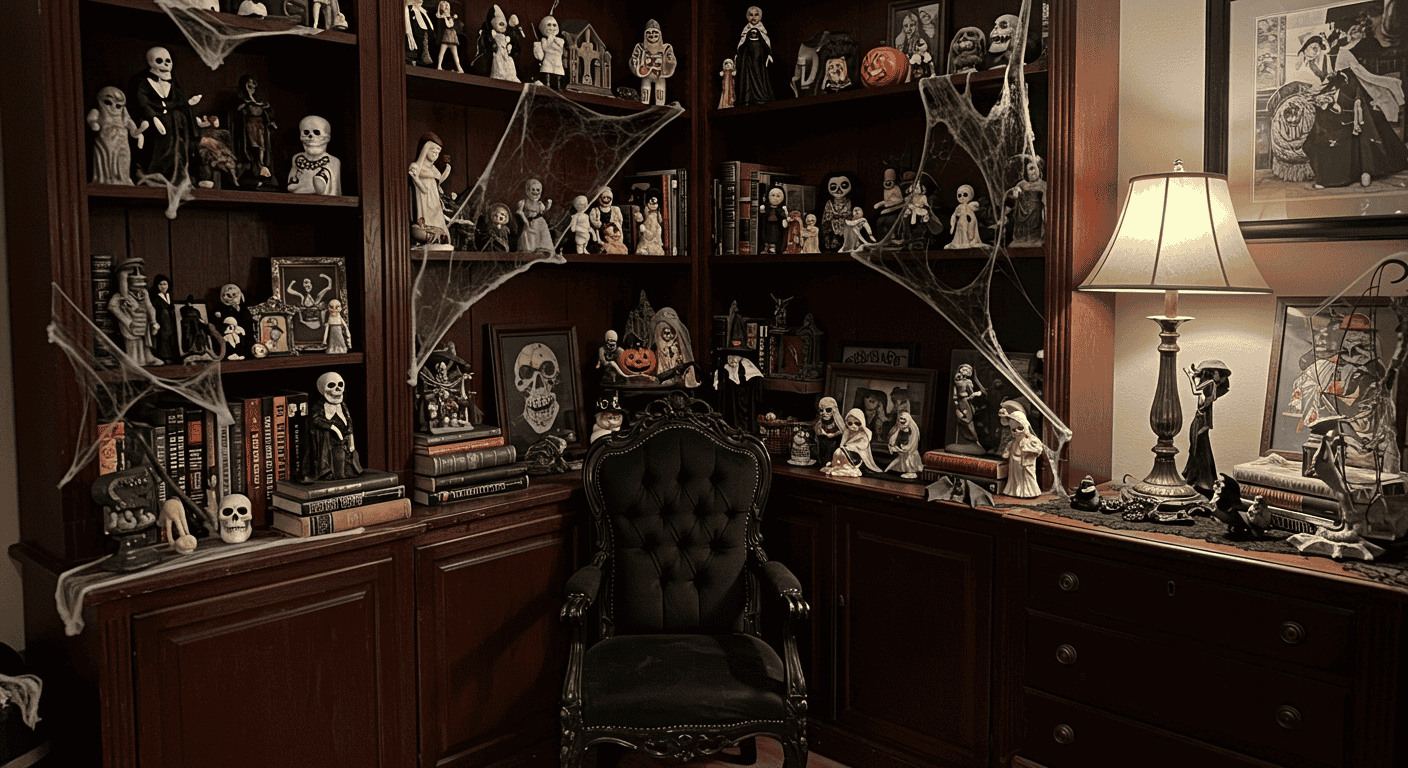
Think in terms of activity zones that mirror the creative cycle. A creation zone is the heart of the room where core tasks happen, and it deserves the best lighting, the most ergonomic bench height, and priority access to storage for always-used items. A preparation and finishing zone supports staging and curing, a place for tasks that require stillness and clean surfaces. Finally, an organization and storage zone captures the aftermath—materials, tools, and bits—that need a logical, labeled home. In Homes for Hobbyists, these zones aren’t rigid; they can slide and expand as projects change.
Flow and access
Flow is about predictable movements. Clear walkways and thoughtful triangle relationships—between the work surface, the most-used tools, and the storage that holds them—keep everything efficient. Test flow with a simple sketch before moving furniture: map typical steps for a project and see where collisions or bottlenecks appear. When Homes for Hobbyists anticipate movement, procrastination drops because the room itself invites action. Easy access also means a place for quick cleanup: a bin within arm’s reach, a caddy for wipes, and a fixed spot for offcuts and scraps that keep the creative focus intact.
Example zoning plan (small room)
| Zone | Key Features | Why It Matters |
|---|---|---|
| Creation zone | 60–90 cm deep table; high-quality task light; wall-mounted organizers within reach | Supports long sessions with comfort and clarity in Homes for Hobbyists |
| Storage wall | Shelves, clear bins, labels; vertical tool systems | Reduces search time and decision fatigue so creativity stays flowing |
| Cleanup corner | Waste separation, wipe caddy, small sink or portable cleanup setup | Makes reset fast, ensuring the next session starts clean |
Power, lighting, ventilation
Infrastructure is the quiet hero of Homes for Hobbyists. Good electrical planning prevents tripped breakers and messy cords; great lighting turns precision work from guesswork into confidence; and effective ventilation keeps the air fresh and the head clear. Even modest rooms benefit from thoughtfully distributed outlets, layered lighting, and a mix of natural and mechanical airflow. These elements combine to create a safer, more comfortable environment that supports both quick tinkering and long, deep-focus sessions.
Electrical planning
Consider where power is needed today and where it may be needed in six months. Outlets along a workbench reduce reliance on extension cords and allow separate circuits to isolate loads. Where water or cleanup occurs, use appropriately protected receptacles. Cable management—channels, clips, or under-bench routes—prevents snags and tangles that interrupt flow. In Homes for Hobbyists, labeling goes a long way: a small tag on the cord or a discrete sticker near outlets can make troubleshooting simpler and safer.
Layered lighting
Light dictates accuracy and comfort. Combine ambient lighting that evenly fills the room with task lighting that places bright clarity exactly where hands and eyes work. Favor lighting that delivers faithful color rendering for fabric, paint, or finish decisions. If glare is a problem, diffuse light with shades or adjust angle and distance. In Homes for Hobbyists, lighting can be a high-impact upgrade: one expertly placed task light often yields a noticeable improvement in precision and reduces eye strain over long sessions.
Ventilation essentials
Fresh air is both a comfort and a safeguard. Whenever sanding, finishing, or using adhesives, prioritize source-capture methods and clean air exchanges. While simple window airflow helps, task-specific extraction—positioned close to the action—does the heavy lifting. The idea is simple: capture contaminants before they spread. For general principles on indoor air and ventilation, see the HSE’s ventilation guide, a reputable overview that supports safe decision-making in evolving Homes for Hobbyists.
| Task | Ventilation Approach | Benefit |
|---|---|---|
| Fine sanding | Source capture positioned close to dust generation | Reduces airborne particles and cleanup time |
| Spray/finishing | Enclosing or directed capture with safe discharge | Limits overspray and lingering odors |
| Solder/resin | Point extraction near work area with easy filter access | Improves comfort and reduces exposure |
Storage that prevents clutter

Clutter is the enemy of momentum. Storage should reduce thinking, not add to it. That means transparent containers for quick identification, consistent labeling, and a clear rule: items live as close as possible to the zone where they are used most. Vertical space is gold; the floor should host rolling carts and mobile stations, not random stacks. In Homes for Hobbyists, smart storage is less about buying more bins and more about setting up intuitive homes for things that remain stable even as projects change.
Smart organization
Think in sets and systems. Group supplies by project stage or by tool family. Keep a small number of active project bins where works-in-progress can be consolidated and paused without scattering parts across the room. Clear drawer inserts and dividers transform a chaotic drawer into a dashboard. When storage supports a faster start and a faster cleanup, Homes for Hobbyists become self-starters: it’s easier to begin, and easier to stop without dread of putting everything back.
Flexible modules
Modularity keeps options open. Rolling carts allow tools and consumables to orbit different zones without carrying armfuls of supplies. Fold-down surfaces open up footpaths when not in use, especially in small rooms or shared spaces. Hooks, slat-style panels, and track-mounted shelves adapt as tool collections evolve. In Homes for Hobbyists, modularity is the antidote to the permanent layout trap; it’s a promise that the room can respond to the next big idea without a weekend of renovation.
Storage methods by material
| Material | Best Storage | Notes |
|---|---|---|
| Lumber or sheet goods | Wall racks, vertical slots, floor glides | Protects edges and keeps paths clear |
| Fabrics or papers | Vertical files, tubes, labeled bins | Prevents creases and makes colors visible |
| Small parts | Clear drawers, subdivided trays | Fast retrieval and painless inventory |
Surfaces and flooring choices

Worktops and floors carry the workload. A rugged work surface resists dents, adhesives, and heat in the zones that demand it, while a secondary, replaceable layer can absorb cuts or glue drips. Edges matter—rounded or chamfered edges are friendlier on forearms during long sessions. For floors, easy-to-sweep, low-snag surfaces keep small parts findable and carts rolling smoothly. Homes for Hobbyists benefit from durability balanced with comfort so long stretches remain productive rather than punishing.
Worktops that last
No single worktop suits every task, so consider a hybrid approach: a core bench that can take a beating and a sacrificial mat or board where cutting or finishing occurs. The goal is longevity without fear—work hard, then refresh the replaceable layer when it looks tired. In Homes for Hobbyists, this strategy reduces maintenance costs and keeps the main bench looking and functioning like new.
Floor practicality
Flooring should serve three masters: cleanability, comfort, and maneuverability. A sealed, smooth surface is quicker to sweep and kinder to rolling storage. Anti-fatigue mats in stand-here zones deliver comfort without turning the floor into an obstacle course. If the space is a conversion—like a garage—consider temperature swings and how the floor responds to seasonal changes. Homes for Hobbyists thrive when the floor supports the flow instead of fighting it.
Surface and floor trade-offs
| Choice | Pros | Trade-offs |
|---|---|---|
| High-durability worktop | Tolerates heavy use and accidental impacts | Heavier to move; plan bench location carefully |
| Sealed hard floor | Fast to sweep; easy rolling | May need mats for comfort in long sessions |
| Cushioned mat zones | Reduces fatigue where standing is constant | Lift and clean beneath to avoid debris build-up |
Safety by design
Safety should be built into the room, not added as an afterthought. That means planning for dust capture, clean air exchanges, and safe storage for solvents or finishes. Keep emergency access simple and obvious: clear egress, visible switches, and tidy floor paths. In Homes for Hobbyists, the best safety systems are the ones that are easy to use and hard to forget—visible, intuitive, and routine.
Dust and fume control
Capture at the source, then polish the air. A simple principle governs most safety wins: stop contaminants from traveling in the first place. Use proximity to advantage—place capture right where dust and fumes begin. Then, structure a cadence for filter inspection and replacement. This approach pays dividends in respiratory comfort and cleanup time, making Homes for Hobbyists more inviting for longer, more satisfying sessions.
Readiness and routine
Prepared spaces are safer spaces. Keep protective gear near the door or at the start of a workflow; it’s a friendly reminder to gear up. Post a one-page checklist where it’s easy to see: ventilation on, path clear, storage closed. In Homes for Hobbyists, small rituals like these turn safety from a chore into a habit that supports confidence and creativity.
Safety tasks and cadence
| Task | Frequency | Outcome |
|---|---|---|
| Filter checks | Monthly visual; replace per usage | Consistent airflow and cleaner air |
| Duct inspection | Quarterly; check for leaks | Maintains capture efficiency |
| Egress clearance | Weekly reset | Faster exits and smoother movement |
Room types and conversions
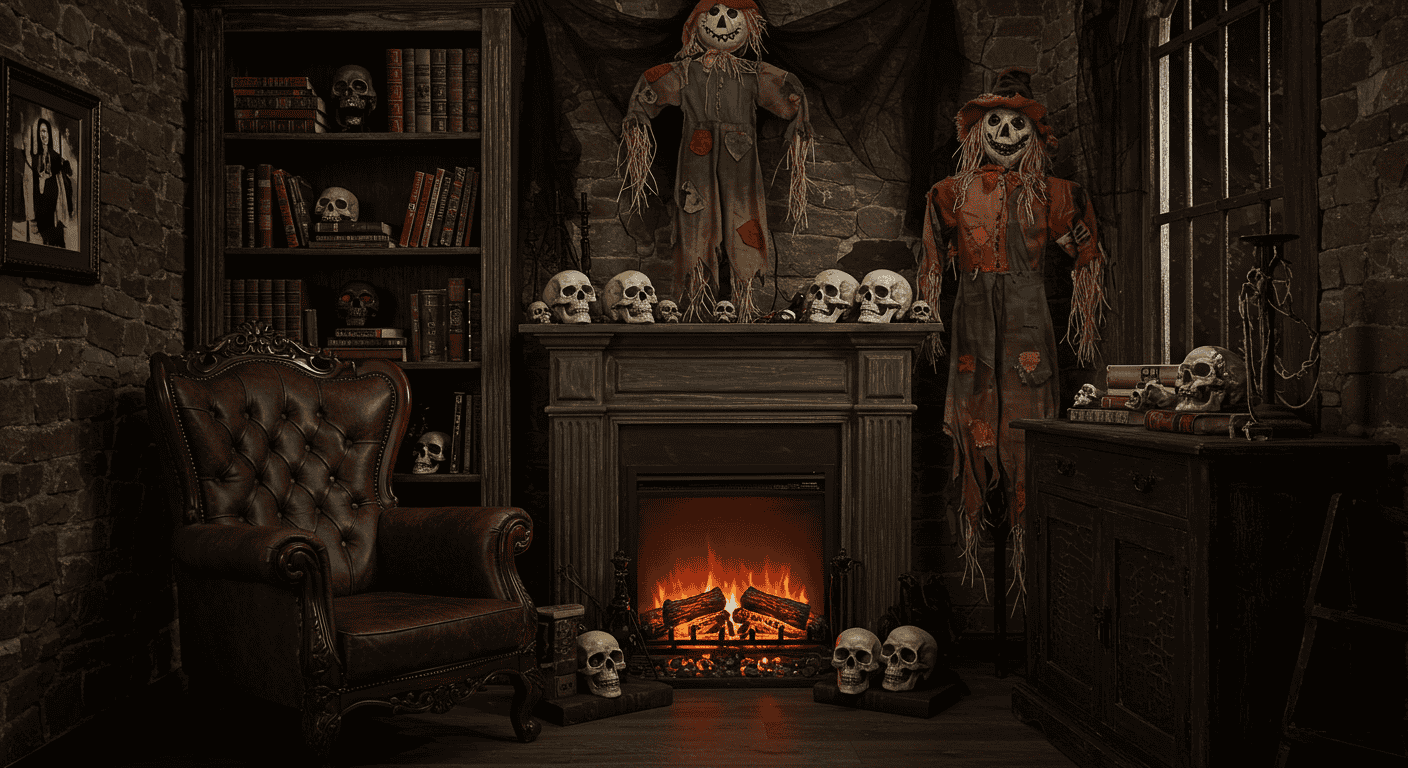
Every room brings opportunities and constraints. Garages provide space and easy venting but need attention to insulation and noise. Basements are stable and quiet, but require careful lighting and dehumidification. Spare rooms are comfortable and flexible but may need sound considerations. Homes for Hobbyists succeed when conversions acknowledge what the room wants to be and then tune it with targeted upgrades.
Space-by-space tips
Garages are naturals for messy or noisy work, but drafts and temperature swings are real. Address perimeter sealing, add layered lighting, and plan noise pathways to avoid disturbing neighbors. Basements excel at steady temperatures; add bright ambient light, reflective surfaces, and a moisture strategy. Spare rooms shine for quiet, clean crafts and design work; consider acoustics, cable routes, and furniture that looks as good as it works. In Homes for Hobbyists, the best conversion is the one that aligns the space’s character with the hobby’s demands.
Micro and rental setups
Small or temporary spaces benefit most from portability and non-destructive solutions. Fold-down desks reclaim floors when projects pause, and rolling carts let entire workflows move aside for daily life. Freestanding shelves and clamp-on lighting avoid wall damage and make moving painless. These tactics preserve deposit-friendly flexibility while maintaining surprisingly capable Homes for Hobbyists in apartments and rentals.
Space suitability matrix
| Factor | Garage | Basement | Spare Room |
|---|---|---|---|
| Noise tolerance | High | Medium | Low–Medium |
| Venting ease | High | Medium | Low |
| Climate control | Low without upgrades | Medium | High |
Specialty workflows
Not all hobbies ask for the same environment. Wood sanding wants aggressive dust control and long, unobstructed outfeed space. Sewing and fabric work appreciate color-true lighting, large flat layout areas, and snag-free storage. Electronics demand precise task lighting, stable heat-safe surfaces, and tidy cable management. In Homes for Hobbyists, each specialty gets its moment—a few upgrades in the right place that transform struggle into satisfaction.
Finishing, sprays, and curing
Finishes need a quiet corner free from airborne dust and surprises. Use shelves or racks to keep pieces still while they cure and plan airflow to pull contaminants away. Keep cleanup kits nearby: liners, wipes, and disposal. Minimizing the distance between action and cleanup preserves focus. For general background on ventilation concepts that inform safe finishing practices, consult the HSE’s ventilation overview. These principles scale from small benchtop tasks to more ambitious setups in Homes for Hobbyists.
Electronics and soldering
Electronics thrive on order: small parts sorted, cables routed, and lighting that makes tiny work feel big. A heat-safe mat, a nearby point-extraction nozzle, and a dedicated bin for offcuts and trimmings keep the bench clear. Label micro-drawers with plain language and color cues so retrieval is fast, even during complex assemblies. In Homes for Hobbyists, a calm electronics bench can turn fiddly tasks into satisfying rhythms.
Workflow quick specs
| Workflow | Key Needs | Helpful Enhancements |
|---|---|---|
| Wood or sanding | Source dust capture, durable floor, long bench clearance | Mobile outfeed support, sweeping tools within reach |
| Fabric or sewing | High-clarity task lighting, large flat cutting area | Thread and fabric by color, snag-free storage |
| Electronics or solder | Local fume capture, heat-safe organized bench | Cable channels, labeled micro-storage |
Budget, scaling, and upkeep
Effective rooms evolve. Start with high-impact fundamentals—layout, lighting, and clutter-proof storage—then scale in layers. A simple upgrade path avoids sunk-cost traps and keeps momentum alive as skills and projects grow. Upkeep is a creative force multiplier: tidy systems, predictable maintenance, and gentle resets make Homes for Hobbyists ready at a moment’s notice.
Essentials vs upgrades
Essentials are the minimum viable environment: a well-placed task light, a sensibly arranged bench, and labeled storage for immediate tools and materials. Upgrades extend capability: source-capture airflow, more robust power distribution, and specialty work surfaces. Choose upgrades that remove the biggest friction first. In Homes for Hobbyists, a single well-chosen upgrade often feels like doubling the room’s usefulness.
Maintenance routines
Adopt a rhythm that protects performance. Schedule a quick weekly reset to return tools to their homes and sweep primary paths. Review storage quarterly: archive the rarely used, elevate the frequently used. For ventilation and filtration, track usage and changes on a single-page log. Over time, these small investments compound, making Homes for Hobbyists feel reliably ready for inspiration to strike.
Budget tiers by impact
| Budget | Investments | Expected Impact |
|---|---|---|
| Under 100 | Labeling, small organizers, clamp-on task light | Faster starts and cleaner finishes |
| Under 500 | Fold-down surface, rolling cart, vertical wall system | More capability without more footprint |
| Over 500 | Source-capture ventilation, power enhancements, durable floor area | Comfort, safety, and pro-level flow |
Pulling it all together
Designing Homes for Hobbyists is an ongoing conversation between aspirations and constraints. Begin with zones that mirror how projects unfold. Layer in infrastructure—power, light, fresh air—that makes focus feel effortless. Tame clutter with storage that gets out of the way and a floor plan that moves. Respect safety by planning for capture and clear exits. Choose surfaces that match the work and flooring that supports motion and comfort. Adapt the room’s personality to the shell it inhabits, whether garage, basement, or spare room. Then evolve with measured upgrades and steady maintenance, so the space grows up alongside the maker who uses it.
If more space-savvy strategies are helpful, browse additional layout and organization ideas at ameliastips.com. For overarching ventilation and indoor air quality context that can inform safe setup decisions over time, refer to HSE’s ventilation overview. The result of this layered approach is a highly personal, deeply functional environment—an everyday studio that makes doing the work the easiest part of all.
Conclusion
Great creative rooms are crafted, not stumbled upon. With clear zones, layered infrastructure, storage that respects time, and safety by design, Homes for Hobbyists become a powerful extension of the maker’s hands and habits. Start small with the highest-impact tweaks, then evolve through modularity and routine. A well-tuned space doesn’t just look organized—it feels like momentum. When the room invites focus and removes friction, a project’s journey from idea to done becomes smoother, faster, and more joyful.

